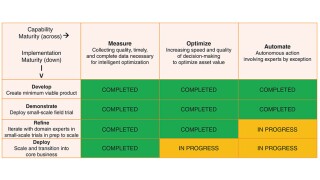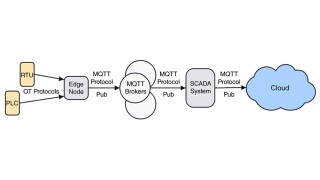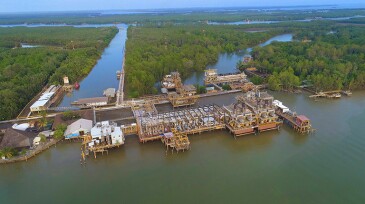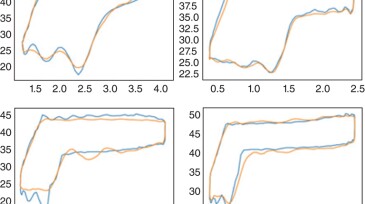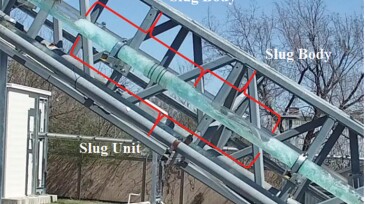Artificial lift
The accelerating deployment of machine learning and automation is changing the artificial lift landscape. By embedding intelligence into the control loop, operators now can move from reactive decision-making to proactive, continuous optimization.
This paper presents a case study highlighting the demonstration, refinement, and implementation of a machine-learning algorithm to optimize multiple electrical-submersible-pump wells in the Permian Basin.
This paper presents a closed-loop iterative well-by-well gas lift optimization workflow deployed to more than 1,300 operator wells in the Permian Basin.
-
Petronas and Pertamina share their technical approach in implementing and optimizing artificial lift using advanced technology and their vision for the future. Their experiences in dealing with operational challenges in a mature field highlight areas for improvement and innovation.
-
This paper presents an oil well completion integrating multilaterals, intelligent completions, permanent downhole monitoring systems, electric submersible pump (ESP) and a horizontal wellhead system.
-
The authors write that the application of electrical parameters to diagnose working conditions and meter production of pumping wells is the key to the low-cost Internet-of-Things construction.
-
The authors of this paper present a method for prediction of sucker-rod-pump failure based on improved, completely connected perceptron artificial neural networks.
-
The paper assesses the feasibility of using a genetic-algorithm technique to optimize allocation of continuous gas lift injection rate in a network system of a Middle Eastern oil field.
-
What is the one thing you can do that will provide the greatest benefit to your artificial lift operations? For me, the answer to that question is simple: focus on surveillance. Surveillance is the foundation of any artificial lift optimization program. Effective surveillance practices allow you to keep track of how your system is performing against predefined targets…
-
The paper describes a project automating the progressing-cavity-pump well-modeling process wherein models are built and sustained automatically in a well-management system for all active PCP wells.
-
SponsoredEach well drilled, stimulated, and completed represents a significant investment in time, resources, and expenses. From artificial lift system design to maintenance scheduling, maximize your investment by ensuring optimal flow and production throughout the life cycle.
-
An experimental study of a shroud-type downhole separator for a pumped horizontal or deviated well is presented in this study.
-
Do you know how many of your organization’s wells are artificially lifted? Or, more importantly, do you know what fraction of your production volumes are dependent on artificial lift? I would wager that the percentages are higher than you would expect, and I encourage you to seek out that information and share it.


